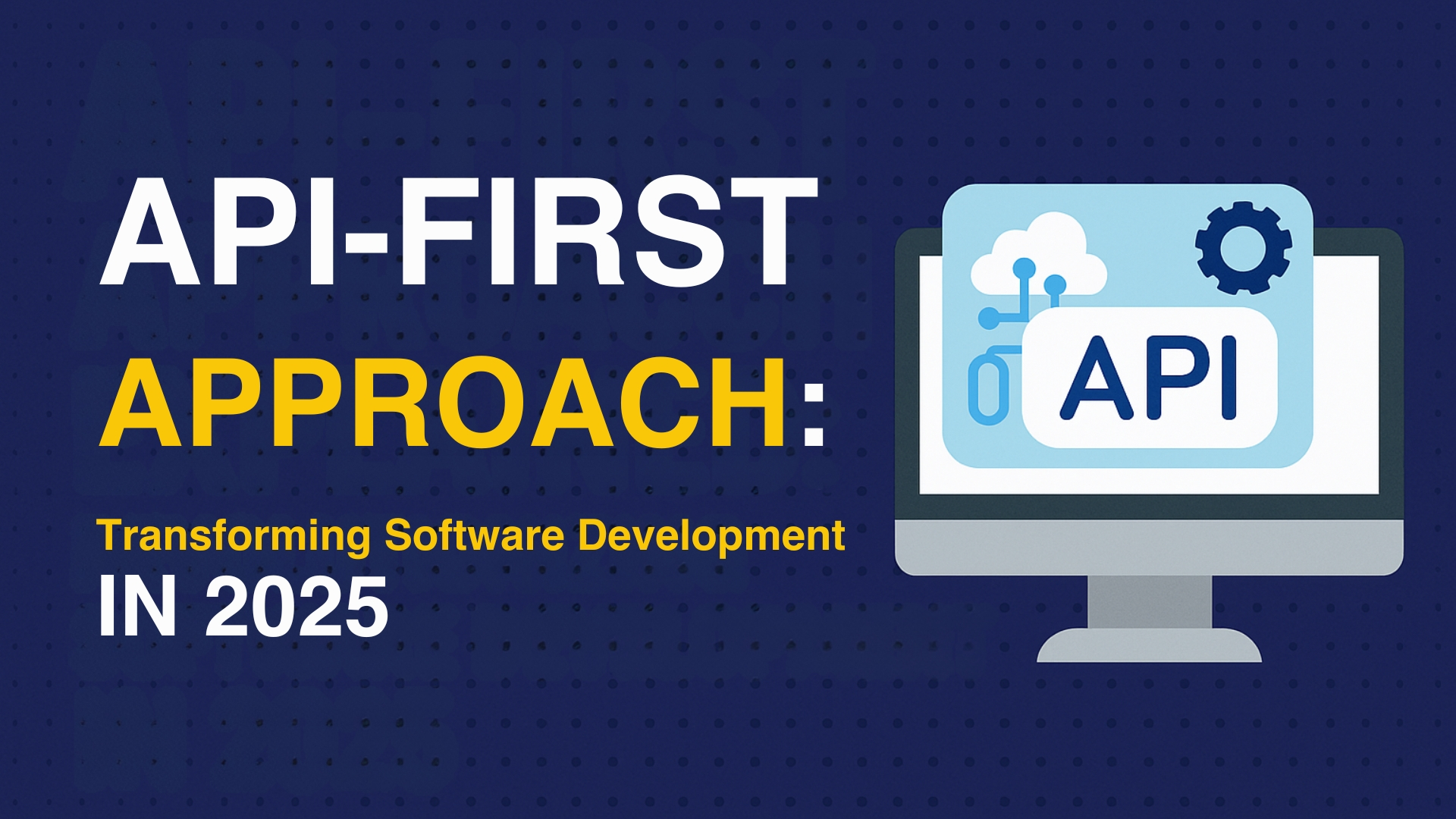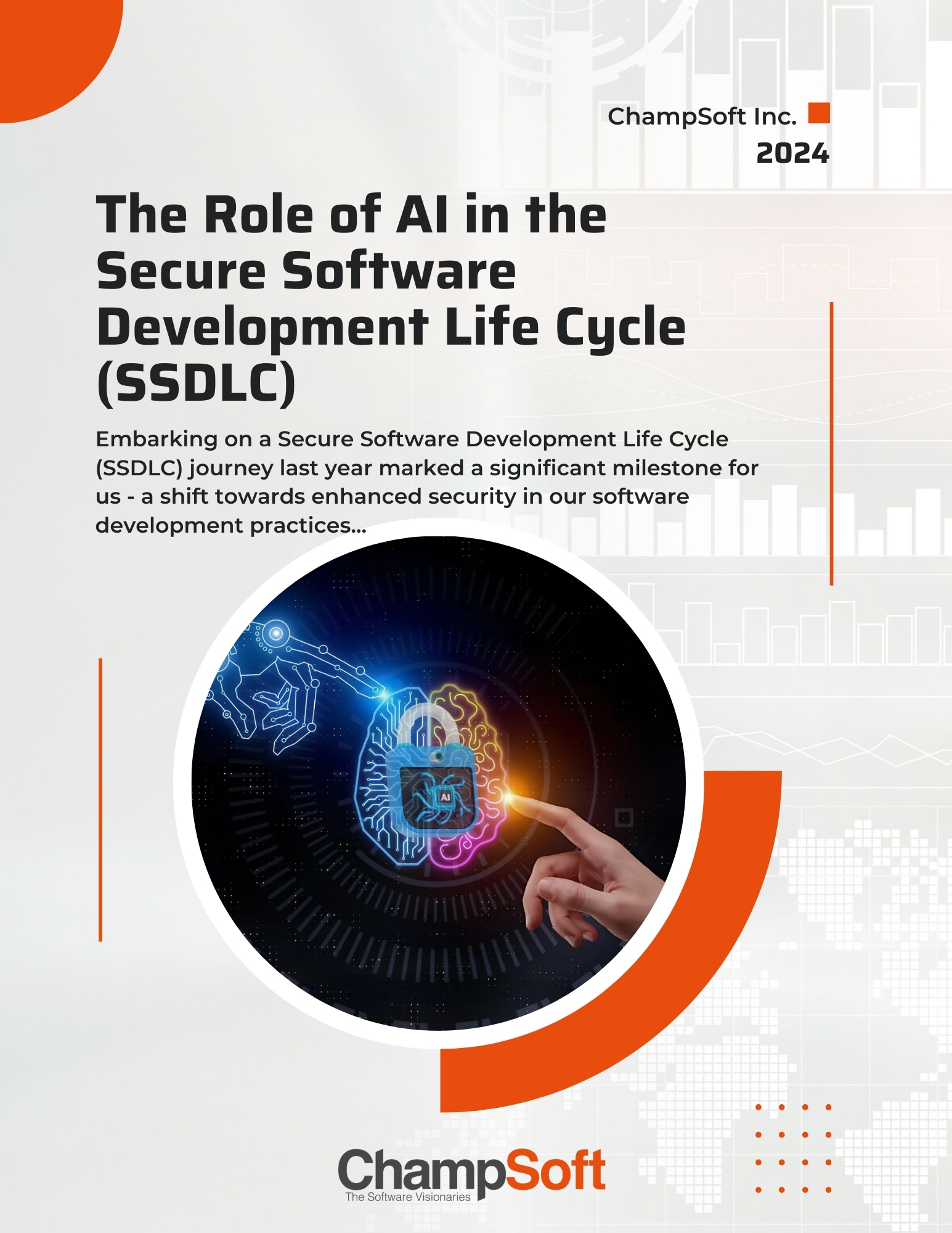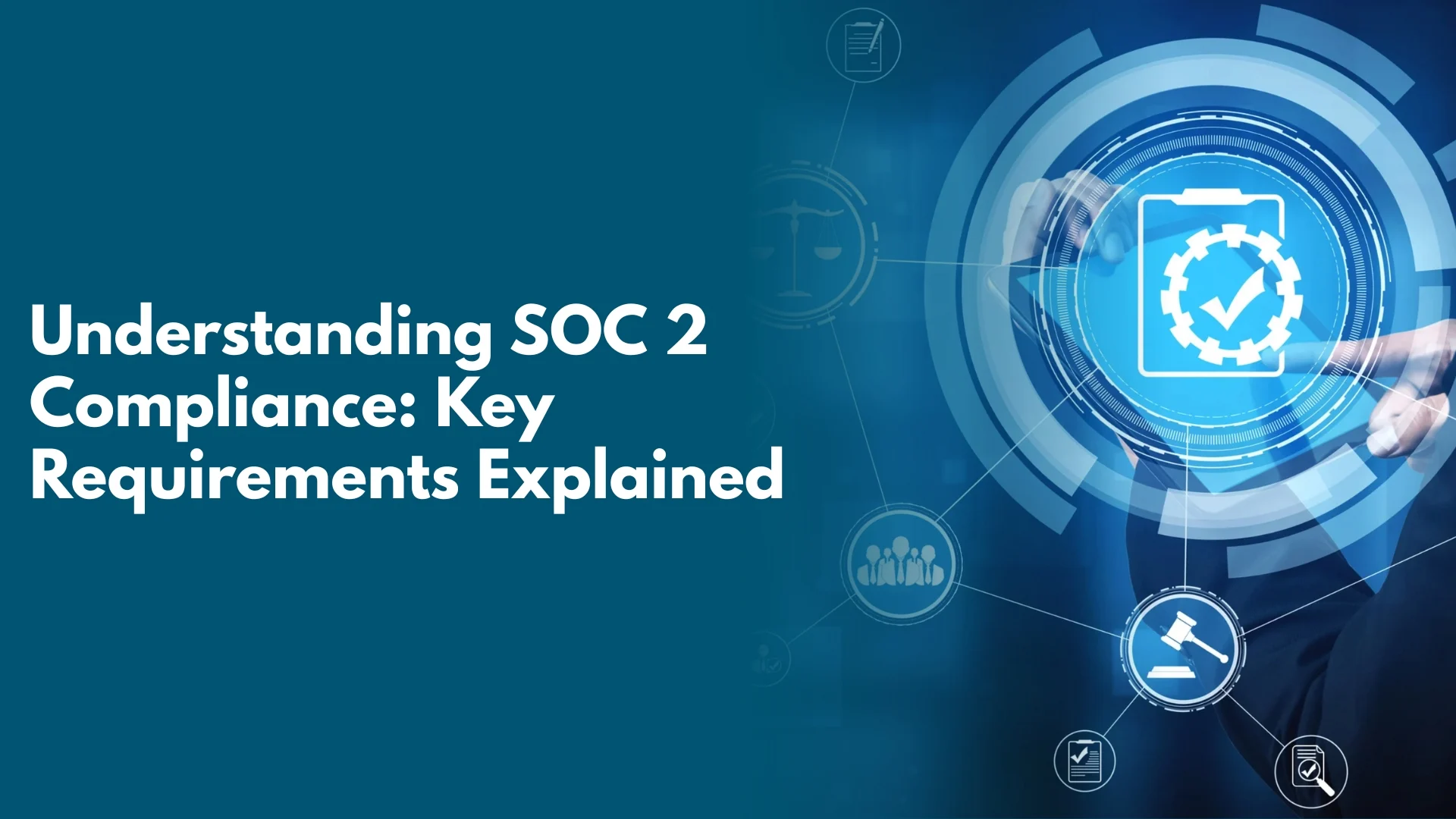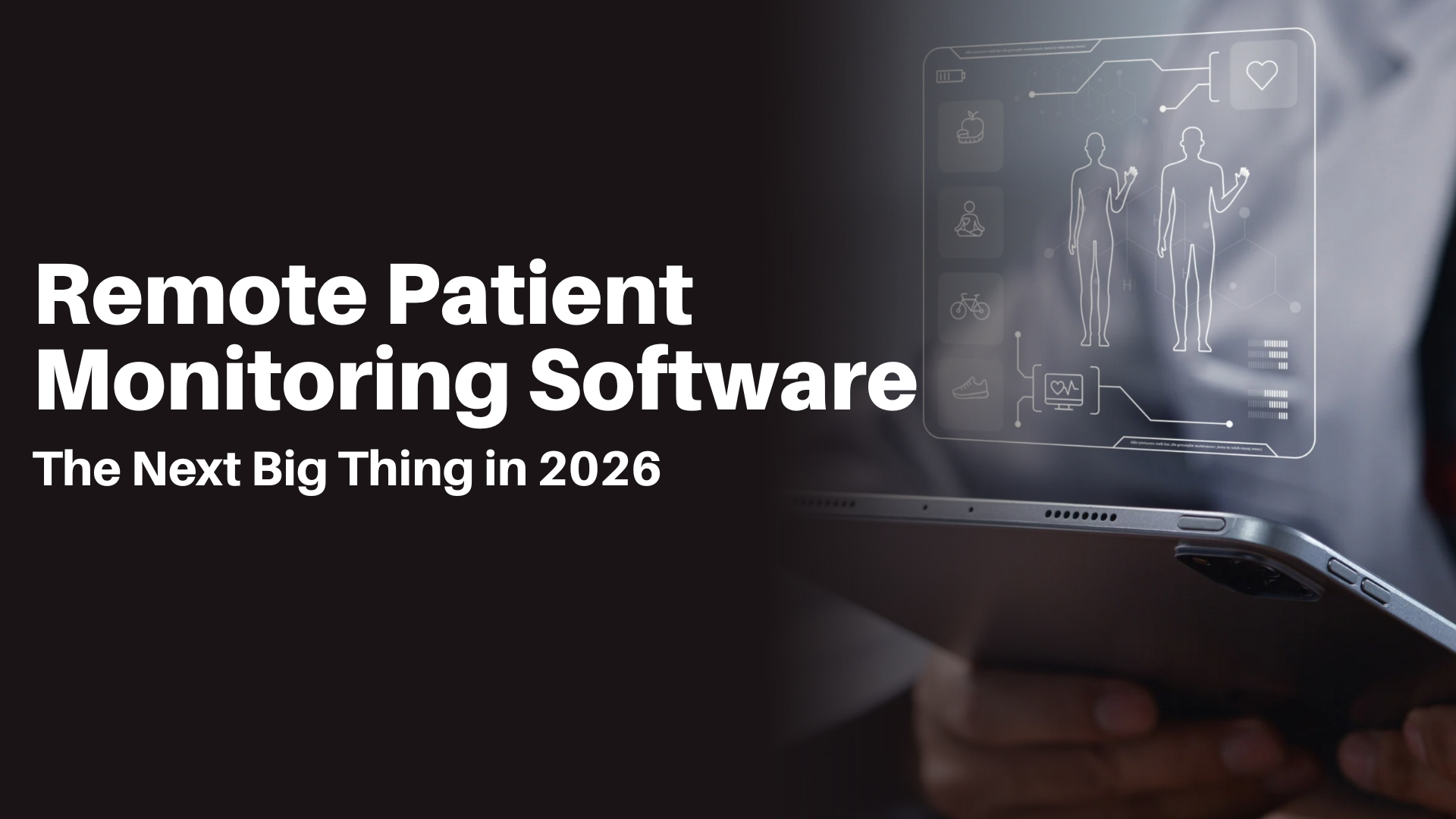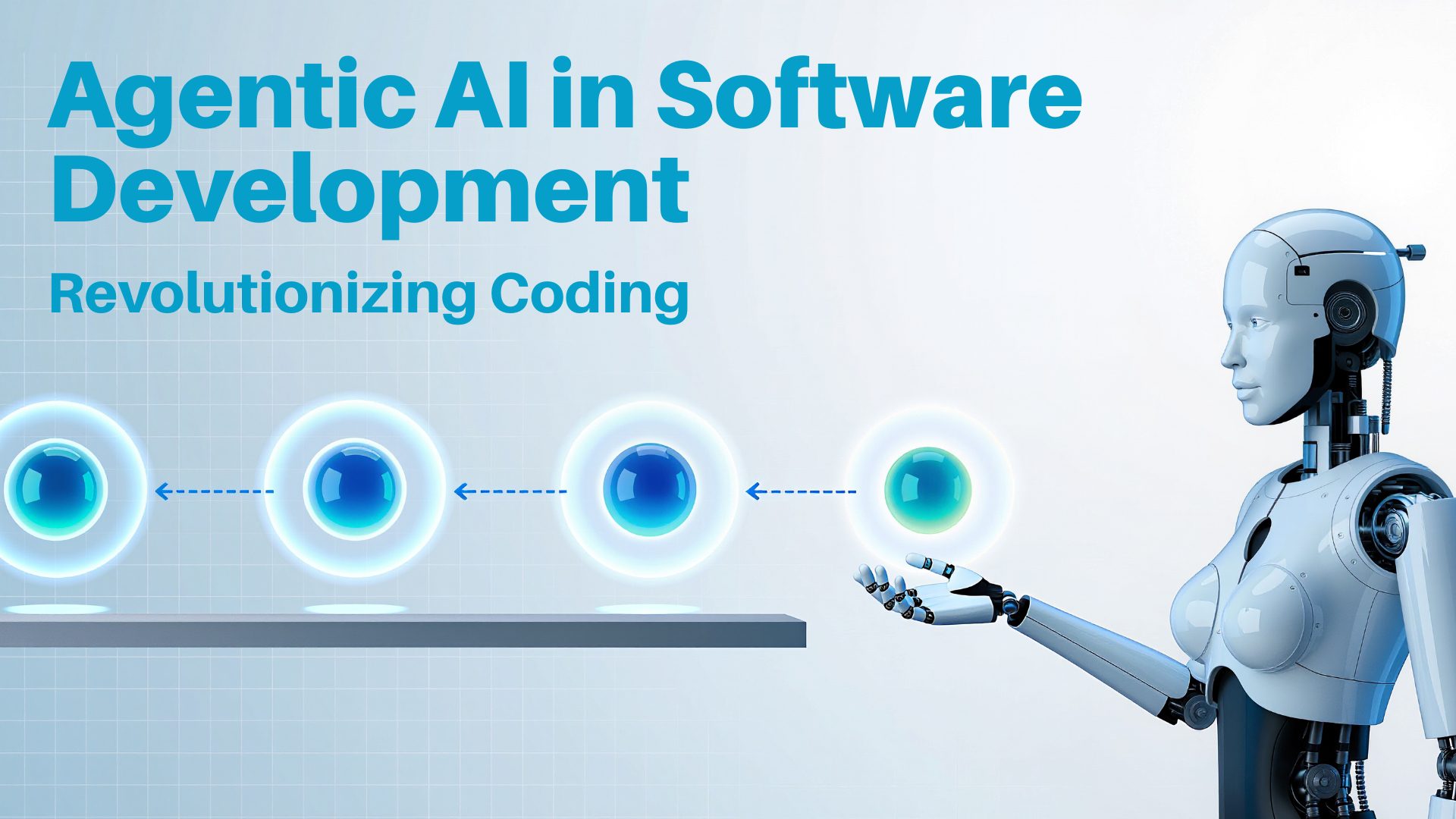Introduction: Why the API-First Approach Matters Today
In 2025, the way software is built has fundamentally changed. Instead of building applications as isolated systems, businesses now design them as connected ecosystems powered by Application Programming Interfaces (APIs). This shift has led to the API-first approach, a development methodology where APIs are planned, documented, and tested before application code is written.
Why does this matter? Because modern businesses depend on seamless integrations whether it’s fintech apps connecting with wallets, healthcare platforms exchanging patient data, or retailers linking with logistics services. An API-first approach ensures scalability, faster delivery, and long-term adaptability in this interconnected world.
This article explains what API-first development means, why it’s booming in 2025, its benefits, challenges, and how to implement it effectively.
What Is the API-First Approach in Software Development?
The API-first approach is a methodology where APIs are designed before any application logic or user interfaces are created. Instead of treating APIs as an afterthought, they become the blueprint of the entire system.
In practice, this means teams first define endpoints, data models, and authentication methods using specifications like OpenAPI (Swagger) or GraphQL. Once stable, these APIs serve as the foundation for frontends, mobile apps, and integrations.
For example, in an eCommerce platform, APIs for inventory, payments, and orders are designed first. Later, a web app, mobile app, or partner system can plug into these APIs without rework.
Why Is API-First Development Growing in 2025?
Three major trends explain its rise:
1. Digital Ecosystem Interconnectivity
Industries thrive on connectivity financial platforms linked with payment gateways, IoT devices feed logistics systems, and healthcare apps exchange patient records. An API-first design ensures smooth, scalable integrations.
2. Cloud-Native and Microservices Adoption
With the rise of Kubernetes, Docker, and serverless computing, applications are built as modular microservices. APIs are the glue that binds them. Designing APIs upfront avoids later integration hurdles.
3. Faster Time-to-Market
API-first allows parallel development. While backend teams refine APIs, frontend teams can build against mock servers. According to Gartner (2025), businesses using API-first release products 30–40% faster than those using traditional methods.
How Does API-First Differ from Traditional Development?
Traditional development follows a code-first model: build the application, then expose APIs. This often results in inconsistent endpoints, poor documentation, and integration struggles.
API-first flips this process. APIs act as the contract between systems, designed before implementation.
Think of it like building a house:
- Code-first is constructing walls first, then figuring out where to add plumbing.
- API-first is designing the plumbing and wiring before construction making the house future-proof and easier to upgrade.
Benefits of API-First Development in 2025
Better Developer Experience (DX)
Clear specifications, documentation, and consistent endpoints reduce onboarding time and errors.
Reusability Across Platforms
APIs designed once can be reused for mobile apps, web apps, and third-party platforms saving development costs.
Future-Proof Scalability
As new technologies emerge, API-first systems can adapt quickly without rewriting entire applications.
Stronger Security and Compliance
With centralized API governance, teams can enforce OAuth 2.0, JWT, and compliance standards like GDPR or HIPAA from the start.
Real-World Examples of API-First Success
- Stripe: Its API-first model made integrating payments simple, helping it dominate the fintech sector.
- Shopify: Built on APIs, it enables thousands of third-party apps and extensions, fueling its growth.
- Healthcare Platforms: In 2025, many EHR systems start with API-first design, ensuring compliance and interoperability between providers.
These examples highlight how API-first unlocks innovation across industries.
How to Implement an API-First Strategy
Shifting to API-first involves cultural and technical changes:
Step 1: Treat APIs as Products
Even internal APIs should be designed for usability and long-term support.
Step 2: Define API Specifications Before Coding
Use OpenAPI or GraphQL schemas to define endpoints and data models before implementation.
Step 3: Enable Parallel Development with Mock Servers
Tools like Postman and Stoplight simulate API responses, letting frontend and backend teams work simultaneously.
Step 4: Establish API Governance
Set rules for naming, versioning, and authentication. Many enterprises create API Centers of Excellence for oversight.
Step 5: Monitor and Secure APIs Continuously
Platforms like Apigee, Kong, or AWS API Gateway provide analytics, rate limiting, and threat detection.
Challenges of API-First Development
- Cultural Resistance: Developers used to code-first may push back. Training and pilot projects help overcome this.
- Upfront Investment: Designing APIs first takes longer at the start but saves significant rework later.
- Security Risks: Poorly managed APIs can expose vulnerabilities. Centralized governance is essential.
- Versioning Complexity: Managing multiple API versions is tricky. Clear deprecation policies help.
API-First and the Future of Software Development
In 2025 and beyond, API-first is becoming the default standard. Key trends shaping its future include:
- AI-Powered APIs: Machine learning models are increasingly exposed as APIs for easier adoption.
- Composable Enterprises: Businesses assemble digital ecosystems by plugging APIs together like building blocks.
- Industry Standardization: Open banking, healthcare APIs, and government data systems are enforcing API-first compliance.
This future means businesses adopting API-first today are better positioned to compete tomorrow.
Conclusion
The API-first approach is no longer optional it’s the foundation of modern software development. In 2025, businesses adopting this strategy enjoy faster releases, stronger integrations, and future-proof systems. By treating APIs as first-class products, organizations unlock agility, scalability, and long-term innovation.
From fintech to healthcare, API-first development is revolutionizing the way software is built and consumed, setting the stage for the next era of digital transformation.
FAQ’s
What is the API-first approach?
It’s a development methodology where APIs are designed and documented before building the application, ensuring consistency, scalability, and easier integrations.
Why is API-first important in 2025?
It enables faster time-to-market, smoother integrations, and better adaptability in digital ecosystems.
How is API-first different from code-first?
Code-first builds applications first, then exposes APIs. API-first begins with APIs, making development more scalable and consistent.
What tools support API-first design?
Popular tools include OpenAPI, GraphQL, Postman, SwaggerHub, Apigee, and AWS API Gateway.

